“Ammonium Acetate 25kgs” has been added to your cart. View cart
“Ammonium Acetate 25kgs” has been added to your cart. View cart
Aceto Carmine 100 ml
Aceto carmine is a staining solution used primarily in microscopy to highlight cellular components. It is a mixture of carmine dye and acetic acid. Here’s an overview of its properties, preparation, and uses:
Properties
- Color: Red to purplish-red.
- Solubility: Soluble in water and ethanol.
- Staining Characteristics: Stains chromatin and cytoplasmic components, providing contrast for better visualization under a microscope.
Preparation
- Ingredients:
- Carmine dye: A natural red dye extracted from the cochineal insect.
- Acetic acid: A colorless liquid organic compound with a pungent smell.
- Procedure:
- Dissolve a specific amount of carmine powder in hot distilled water.
- Add glacial acetic acid to the solution.
- Filter the mixture to remove any undissolved particles.
SKU:
ACS18434CHEM0
Category: Analytical Reagents
Description
Uses of Aceto Carmine
1. Cytology
- Chromosome Staining: Aceto carmine is used to stain chromosomes during cell division processes such as mitosis and meiosis. It helps in visualizing the chromosomal structures, making it easier to study their behavior and morphology.
- Karyotyping: The staining highlights the chromosomal patterns and abnormalities, aiding in the identification of genetic disorders.
2. Histology
- Tissue Staining: In histological studies, aceto carmine is used to stain various tissues, helping differentiate between different types of cells and their components. This is particularly useful in examining the structure and function of tissues.
- Cell Component Differentiation: It selectively stains specific cellular components like chromatin, making it easier to distinguish between the nucleus and cytoplasm in cells.
3. Botany
- Plant Cell Studies: Aceto carmine is widely used to stain plant cells, especially root tips, to observe cell division and growth. It is an essential tool for studying the structure and function of plant cells.
- Temporary Mounts: It is used to prepare temporary mounts of plant tissues for microscopic examination, making it easier to study plant anatomy and morphology.
4. Education
- Teaching Tool: In educational settings, aceto carmine is frequently used in biology and botany laboratories to teach students about cell division, tissue structure, and plant anatomy. Its ease of use and effectiveness make it a popular choice for demonstrations and practical exercises.
- Laboratory Practicals: Students use aceto carmine in laboratory practicals to learn staining techniques and to observe cellular structures under the microscope.
5. Research
- Genetic Studies: Researchers use aceto carmine to study chromosomal behavior and abnormalities, contributing to genetic research and understanding of hereditary conditions.
- Developmental Biology: It is used to study the development and differentiation of cells and tissues in both plants and animals, aiding in developmental biology research.
Reviews (0)
Be the first to review “Aceto Carmine 100 ml” Cancel reply
Shipping & Delivery
Related products
2 Propanol 2.5 litres (IPA)
Isopropyl alcohol (IPA), also known as 2-propanol, is a colorless, flammable chemical compound with the molecular formula C3H8O. It is a type of alcohol that is commonly used as a solvent, disinfectant, and cleaning agent in a variety of industries, including healthcare, manufacturing, and electronics. IPA is often used as a disinfectant because it is effective at killing a wide range of microorganisms, including bacteria, viruses, and fungi. It is also commonly used as a solvent for oils, resins, and gums, and as a cleaning agent for electronic devices and other equipment.
Acetaldehyde
Acetaldehyde is a simple organic compound with the chemical formula CH3CHO. It is a colorless liquid with a pungent, fruity odor. Here are some key points about acetaldehyde:
- Chemical Structure: Acetaldehyde consists of two carbon atoms, one oxygen atom, and four hydrogen atoms. Its structure is CH3CHO, where the carbon atom in the middle is doubly bonded to an oxygen atom and singly bonded to a hydrogen atom and a methyl group (CH3).
- Occurrence: Acetaldehyde can be found naturally in various ripe fruits, coffee, and heated milk. It is also produced by the oxidation of ethanol (alcohol) by enzymes in the liver and other tissues in humans, making it an intermediate product in alcohol metabolism.
Aluminum Fine Powder
Aluminum Oxide 500 grams
Aluminum oxide, often referred to as alumina, is a chemical compound made up of aluminum and oxygen atoms (Al2O3). It occurs naturally in various minerals, including corundum and bauxite. It is one of the most widely used compounds, valued for its hardness, strength, and resistance to abrasion and corrosion.
Aluminum Potassium Sulphate 500gm
Aluminum Potassium Sulphate, commonly known as potassium alum or potash alum, is a chemical compound with the formula KAl(SO₄)₂·12H₂O. It is a type of alum, a double sulfate salt, and is typically found in its dodecahydrate form. Here are some key points about this compound:
Physical Properties:
- Appearance: Colorless, transparent crystals or white powder.
- Solubility: Soluble in water but insoluble in alcohol.
- Melting Point: Decomposes at high temperatures before melting.
Chemical Properties:
- Molecular Formula: KAl(SO₄)₂·12H₂O
- Molecular Weight: 474.39 g/mol (for the dodecahydrate form)
- Acidity: It is slightly acidic in aqueous solution.

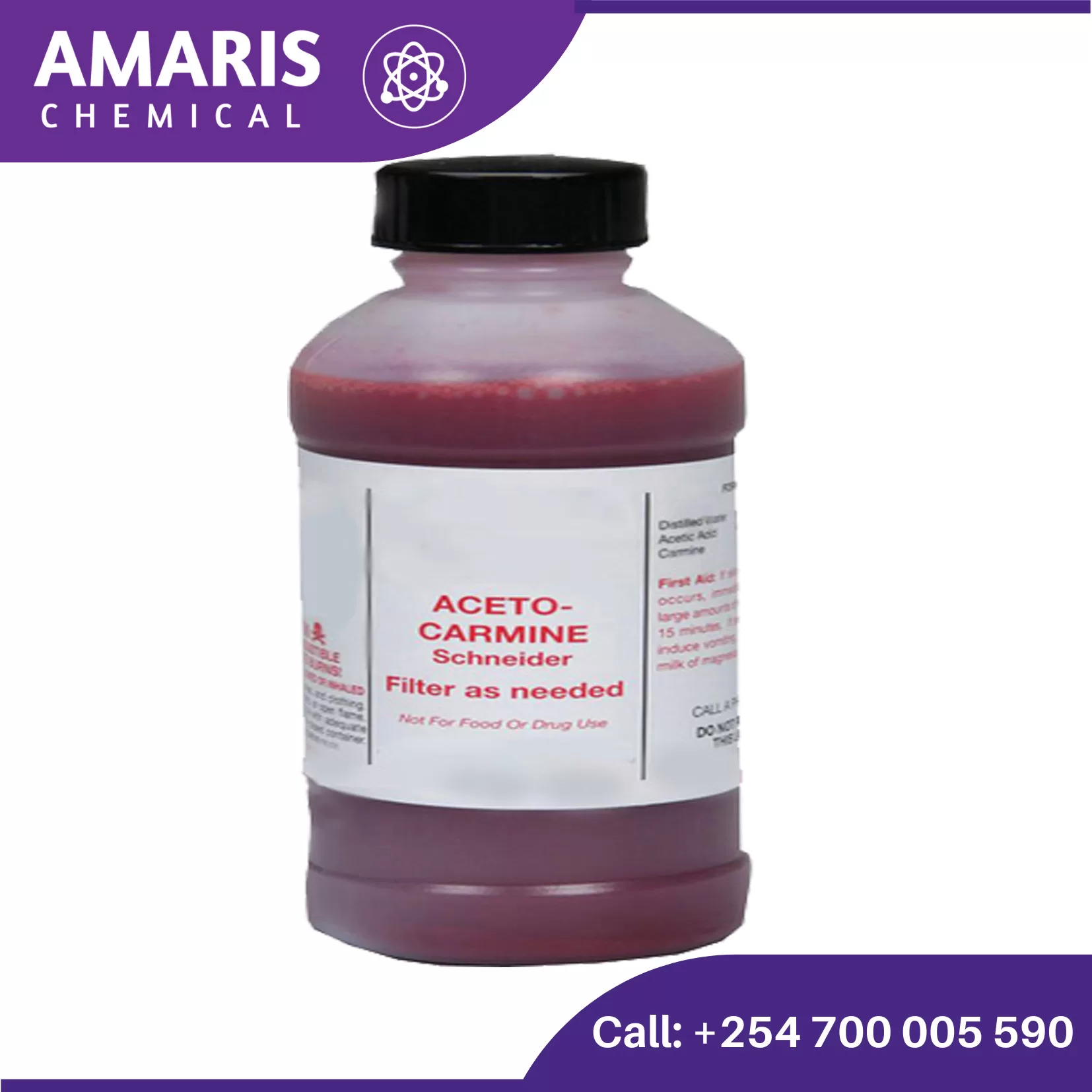
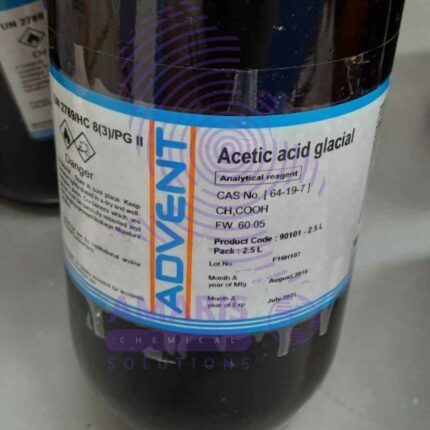
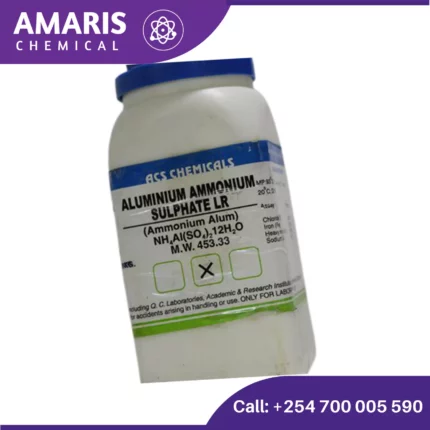



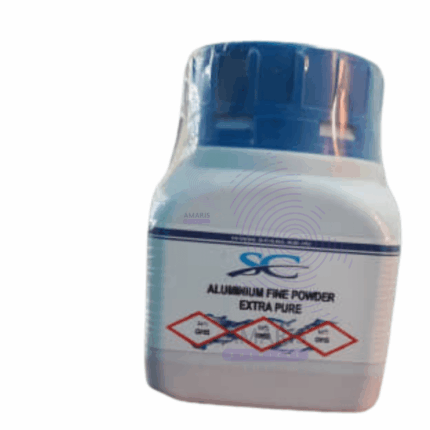
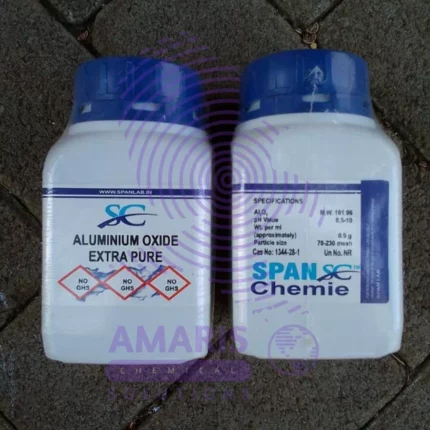

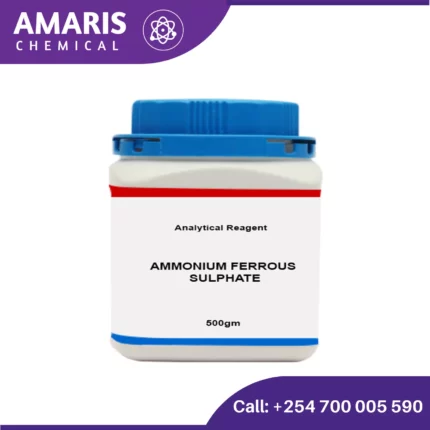
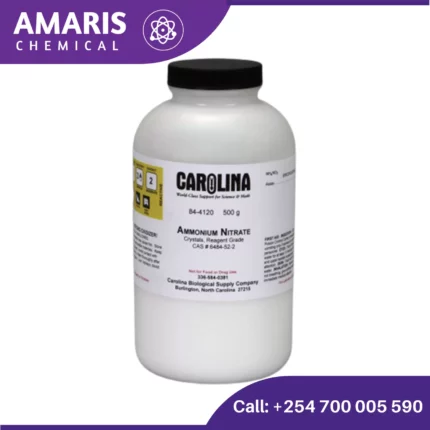








Reviews
There are no reviews yet.